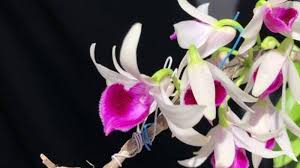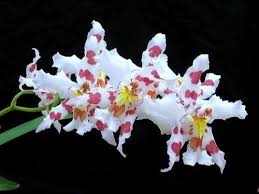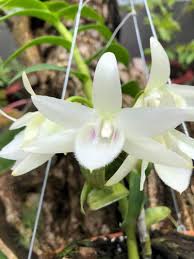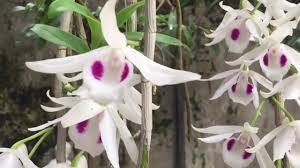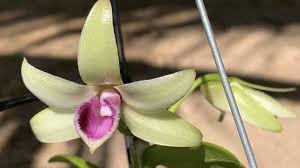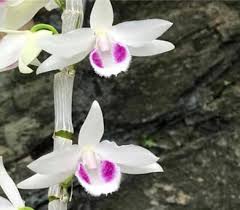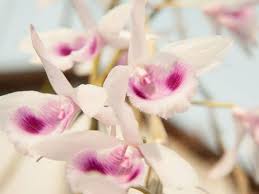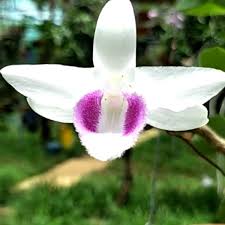# How to Revive Dendrobium Anosmum (Đai Châu) Orchids: A Comprehensive Guide to Treating Wilting Flowers
Dendrobium anosmum, commonly known as Đai Châu orchids, are cherished for their stunning, fragrant blooms and their ability to adapt to various growing conditions. However, like all plants, they can experience periods of stress and decline, often manifesting as wilting or drooping leaves and flowers. This guide provides an in-depth look at the potential causes


